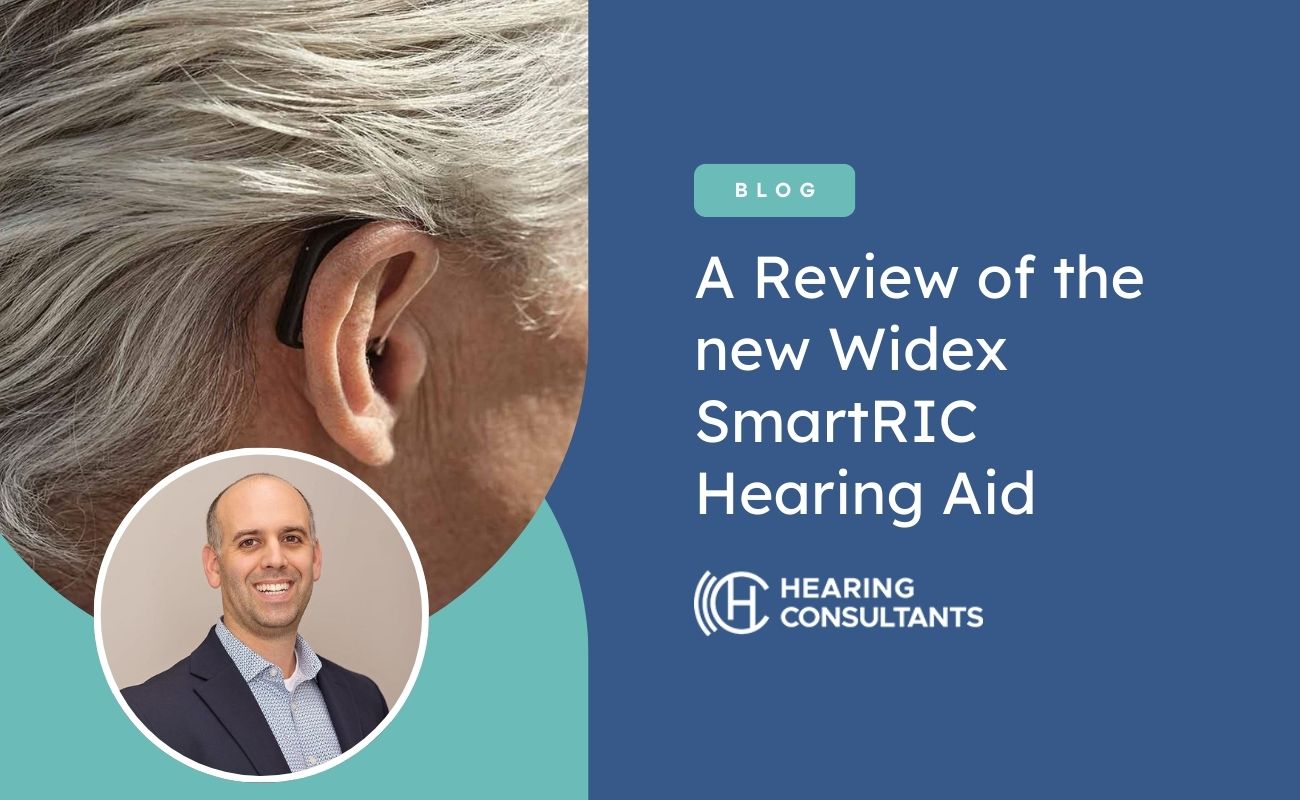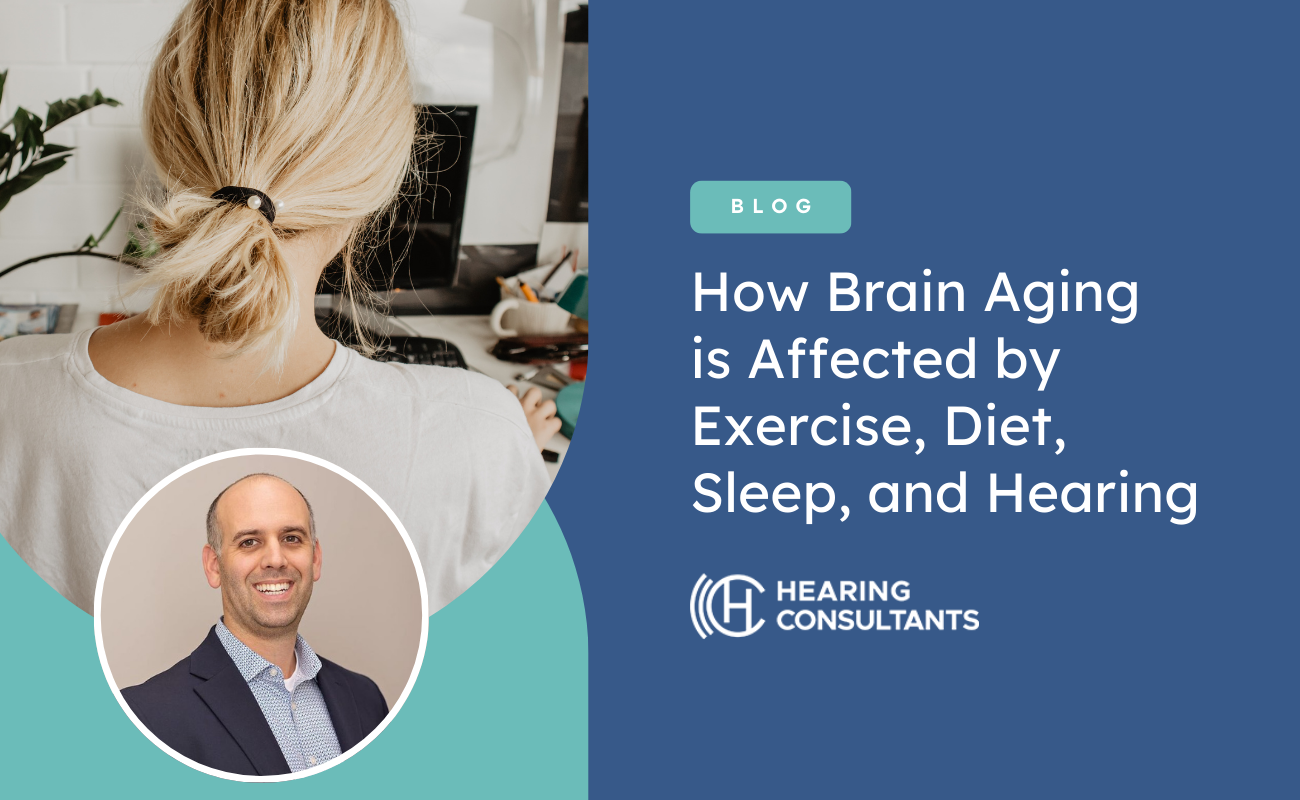Getting to Know Your Hearing Aids

Hearing aids are not just an investment in your hearing but the quality of your life. They can help you connect to the people you love, remain essential in your place of work, keep you staying active and help to prevent cognitive decline. If you have just taken the leap and started your journey with new hearing aids, then you are going to want to understand them fully. Hearing with hearing aids opens a whole new world of possibilities. However, to get the most out of them, you are going to want to understand everything you can about them to ensure you choose the best one for you. This includes the components, styles, and functions available in hearing aids. Taking the time to understand this now can help you choose to get the most optimal performance in your hearing aids, for your lifestyle.
Types of Hearing Aids
There are four main types of hearing aids and each of these offers slight variations to meet a diverse range of hearing needs:
- Behind the Ear (BTE): These models offer two components, one which sits behind the ear, which is connected by a tiny tube to a component within the ear canal.
- In the Ear (ITE): These units fit entirely in the ear, while others are larger and custom-fitted to the curvature of the outer ear.
- In the Canal (ITC): This model fits deeper in the ear canal offering more discretion for those who are not ready to disclose their hearing aid use.
- Completely in The Canal (CITC): These units are invisible within the ear canal. They are inserted into the middle ear and are incredibly tiny.
Each style has its pros and cons. It is up to you to decide which model will best suit your hearing needs and ideal lifestyle. We are here to help answer all your questions and help you find a set of hearing aids that will truly be able to enhance your life. If you are active, then a model which fits deeper in the ear will be less cumbersome. However, if you struggle with dexterity issues due to arthritis, a larger model with bigger buttons will most likely suit your better. Similarly, if you have a severe or profound hearing loss your hearing aids will require more power than much tinier, discrete models can offer.
Hearing Aid Components
No matter what hearing aids you to choose, they all have four main components which include: a microphone, computer, amplifier, and loudspeaker.
- The Microphone: The microphone picks up sounds in your environment and converts them into electrical signals.
- Computer: Everyone’s hearing loss is slightly different. The job of the computer is to take the electrical signal and enhance the specific sounds which you struggle with based on your hearing exam. We can program the computer in your hearing aids and adjust it as your hearing may change.
- Amplifier: The job of the amplifier is to take the signal from the microphone and make it stronger.
- Loudspeaker: the loudspeaker then re-converts the electrical signal back into an acoustic signal. This enhances just the sounds that are lost due to hearing loss while allowing you to hear other sounds organically with existing hearing.
Digital vs. Analog
Older hearing aid technology relied on analog sound processing to enhance sound. This delivered a full sound wave to your ears. Digital hearing aids instead turn sound waves into steps. You don’t receive the full wave of the sound, but in this case, more isn’t better. Each tiny micro-step is a clear sound that eliminates the risk of feedback which is so common in analog models.
Special Features
The beauty of digital hearing aids is that they not only offer a clear, and easily programmable sound that can be modified remotely by us or from your smartphone, but they have many features which were previously only just dreams. This includes enhancement of conversation in noise, using directional microphones, background noise reduction, wind suppression, Bluetooth connectivity, T-coil compatibility, and even automatic setting adjustments based on your GPS location. To find out more about what hearing aids can offer you to enhance your life, do not hesitate to reach out and ask questions. Take advantage of all that hearing aids to have to offer.
Get in touch with
Hearing Consultants
Contact our clinic to schedule an appointment today!







